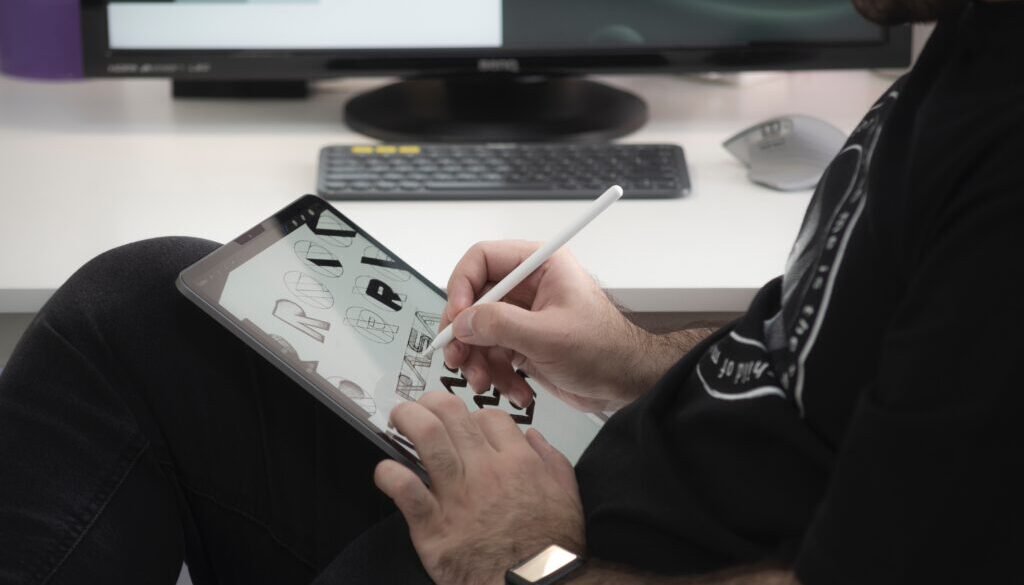Introduction
In a world where digital interactions have become an integral part of our lives, the concept of user experience (UX) design has gained unprecedented importance. UX designers are not just creating interfaces; they are crafting experiences that can leave a lasting impact on users. This blog delves into the art and science of designing magic – the process of crafting unforgettable user experiences.
The Magic of User Experience
User experience goes beyond aesthetics and functionality; it’s about how a product or service makes users feel. Imagine opening a mobile app that not only performs its intended function flawlessly but also leaves you with a sense of delight and wonder. That’s the magic of user experience.
- Understanding the User The first step in designing magic is to understand your users deeply. This involves researching their needs, preferences, pain points, and behaviors. Empathy is the key here; you must step into the shoes of your users to design experiences that resonate with them.
- Storytelling through Design Just like a magician weaves a compelling narrative, UX designers can tell a story through their designs. Visual elements, animations, and micro-interactions can all contribute to creating a seamless and enjoyable user journey.
- Simplicity and Intuitiveness “Simplicity is the ultimate sophistication,” said Leonardo da Vinci. The magic in UX often lies in making complex tasks feel simple and intuitive. Users should be able to navigate effortlessly, with minimal cognitive load.
- Consistency Across Touchpoints Designing magic isn’t limited to a single interface; it extends to all touchpoints a user has with a brand. Whether it’s a website, a mobile app, or a physical product, maintaining consistency in design and user experience is crucial.
- Surprise and Delight Much like a magician’s unexpected twist, adding elements of surprise and delight can make an experience memorable. Easter eggs, fun animations, or personalized messages can leave a positive impression.
Case Studies in Designing Magic
To better understand the concept of designing magic, let’s explore a couple of case studies:
1. Disney+: Disney’s streaming service, Disney+, is a prime example of crafting magic. From the moment users open the app, they are immersed in a world of beloved characters and stories. The intuitive navigation, delightful animations, and personalized recommendations make users feel like they’re part of the magic kingdom.
2. Apple: Apple’s product design has always focused on creating a sense of wonder. Whether it’s the satisfying click of an iPhone’s home button or the smooth, fluid gestures on an iPad, Apple’s devices are designed to evoke an emotional response.
The Role of Feedback
Constructive feedback is a critical component of designing magic. Regular usability testing and gathering user feedback can help identify pain points and areas for improvement. It’s an ongoing process of refinement and enhancement.
Challenges in Designing Magic
Designing magic isn’t without its challenges. Some of the common obstacles include:
- Balancing aesthetics with functionality
- Meeting diverse user needs
- Staying updated with evolving technology
- Maintaining consistency in multi-platform experiences
- Ensuring accessibility for all users
Conclusion
In the realm of user experience design, crafting magic is the pinnacle of achievement. It’s about creating experiences that not only meet users’ needs but also leave them with a sense of wonder and satisfaction. By understanding your users deeply, telling a compelling story through design, and embracing simplicity, surprise, and delight, you can embark on the journey of designing unforgettable user experiences. As technology continues to evolve, so too will the opportunities to create magic in the digital world.





